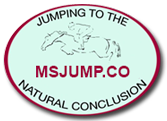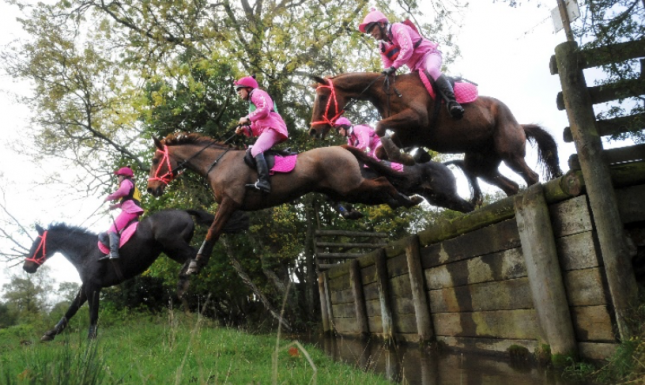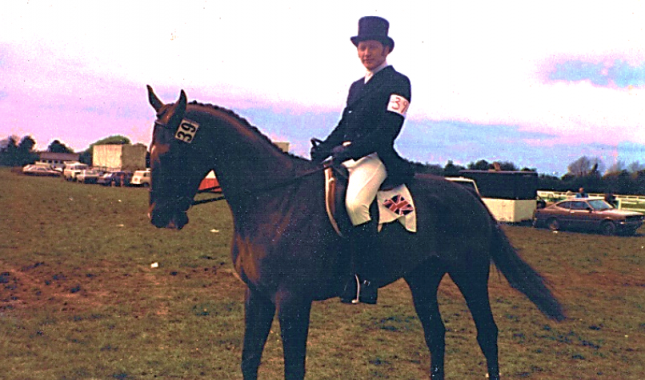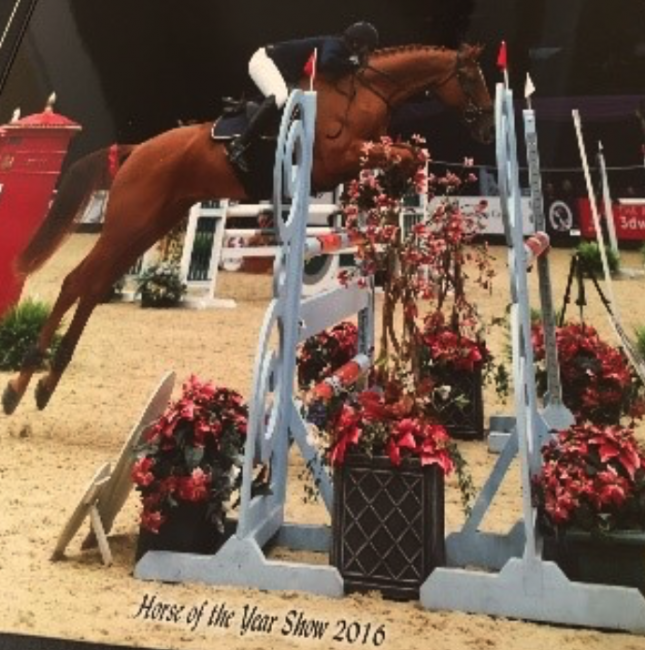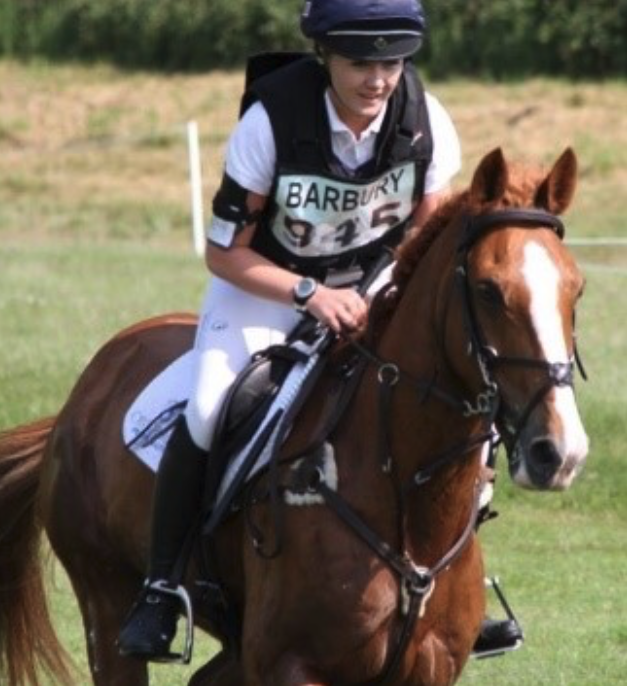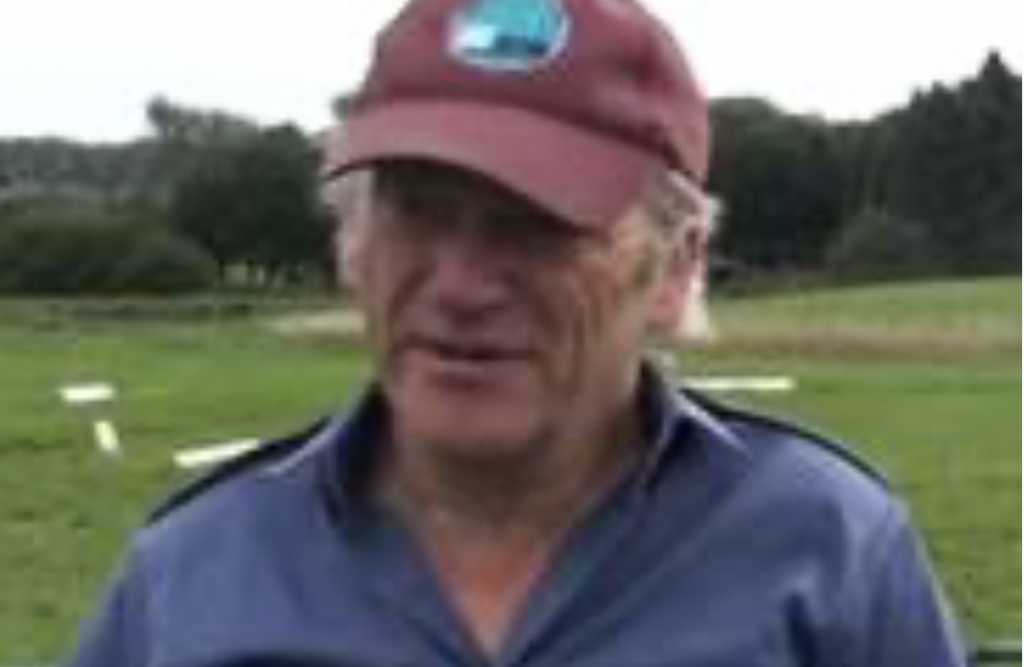“He is particularly good with young or difficult horses ..” Yogi Breisner
“He is a teacher of confidence … for BOTH horse and rider” Simon Barnes (The Times)
Mark is a highly qualified, consummate horseman with a wealth of experience across a range of disciplines. Holds BHSAI, BHSIT and BHS (SM) certificates.
During his riding career he represented GB abroad on eventing teams and competed at HOTYS in show jumping classes. He race- rode for over 50 years and he captained the National Team Chase Champions, Bollocks to Blair.
Students include:
Emily Morris … Show Jumping 12.2 National Pony Champion and winner at Horse of the Year Show 2016
Yasmin Ingham .. Eventing. Only rider ever to be British Pony Champion, British Junior (u18) Champion, British u21 Champion and current under 25 British Champion.
But Mark considers his biggest training achievement to be the huge number of amateur riders he trains successfully.
Amateurs who make up 99.9% of the riding population, most of whom , whilst competitive do NOT tend to put winning before the welfare of their horse. The professional feels it is their job to get the horse as far as possible as quickly as possible. The priority of the amateur is to form a bond with the horse in such a way that the horse enjoys the activity as much as the owner/rider does. Mark’s training methods for the amateur are based on the partnership basis … and on the assumption that most successful partnerships are NOT 50/50. If the horse is happy doing 60% and the rider is happy doing 40% then you have a partnership made in heaven. Partnerships may change and evolve over time … but ONLY with both parties’ consent, and it will be gradual.
The majority of professionals want to do more than 50% of the decision-making which is fine. If the horse is happy doing 35% and the rider is ABLE to do 65%, we have a partnership that works.
We have all witnessed the problems that occur when the horse passes from the professional to the amateur. The horse is invariably looking for a rider ABLE to replicate the partnership he had got used to. The dramatic change in the partnership usually end in tears.
He gets as much pleasure out of seeing a nervous, horse-doting mum manging to complete a session of walk and trot with a S M I L E on her face, as he does when one of his competitive riders wins a big class. It is, after all, meant to be F U N !!
Riders who feel safe are more likely to have F U N … sounds obvious but that horrible feeling of dread in one’s stomach is not one that should be associated with riding.
Mark’s emphasis is on training the partnership;
If it is going well … DON’T alter it.
If it is going badly DON’T keep repeating it.
